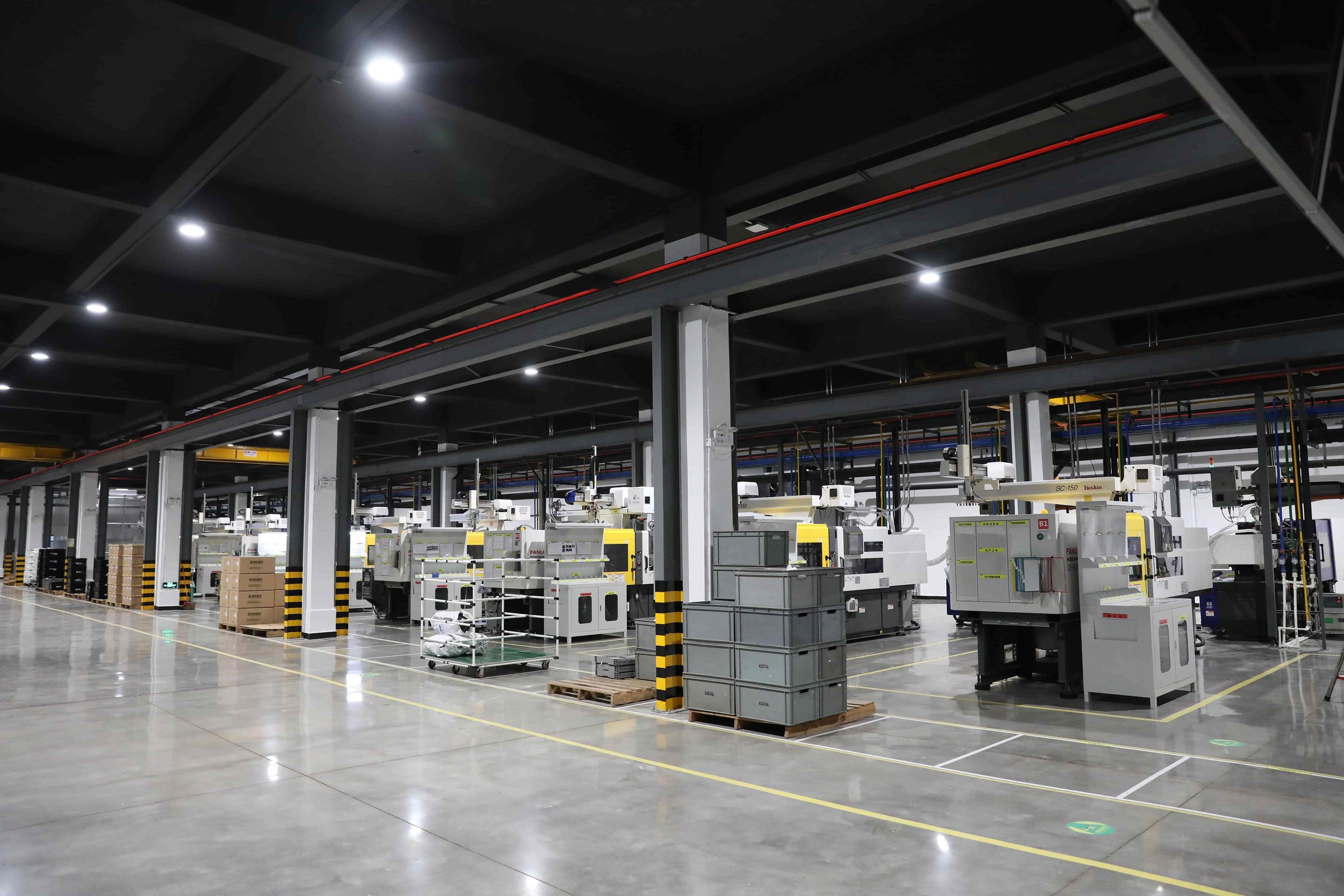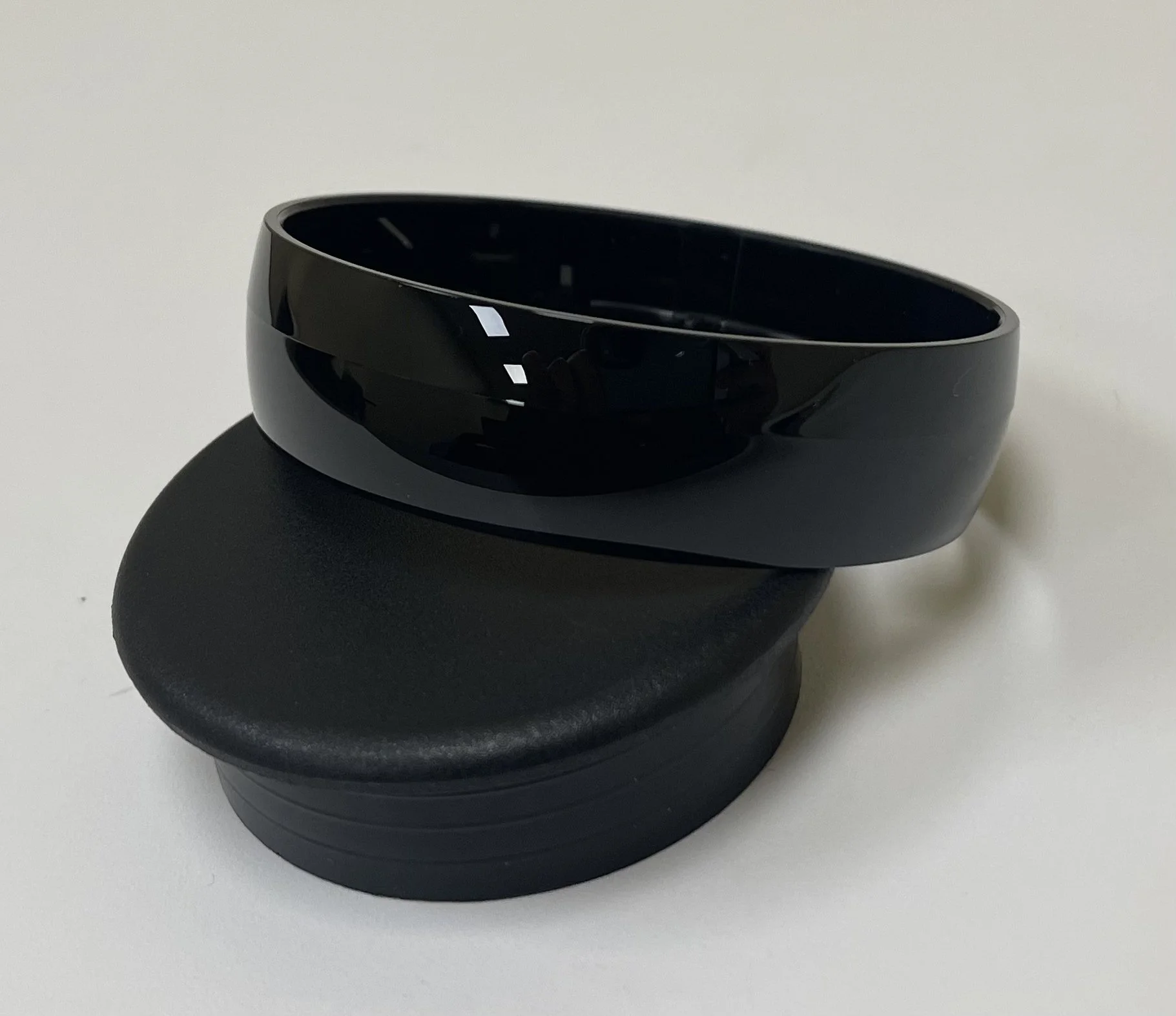
Family-owned since 1985
We provide you one-stop manufacturing services including 3D printing, tooling, moulding, die casting and secondary processes.
TS6949:2016 & ISO 9001:2008 Certified
High Gloss Parts
Moulding High Gloss Parts
Moulding high gloss parts requires careful control of materials, mold design, process parameters, and equipment setup. Here are the key requirements to achieve high gloss surface finish:
1. Material Selection
1) High-flow, high-gloss capable resins such as:
• ABS (Acrylonitrile Butadiene Styrene)
• PMMA (Acrylic)
• PC (Polycarbonate)
• High Gloss PP (with additives)
• SAN or ASA
2) Additives: Gloss enhancers, UV stabilizers etc.
2. Mold Design
1) High Polish Tooling: Use mirror-polished tool surfaces (SPI A1/A2 finish) to reflect the gloss onto the part.
2) Venting: Proper venting to avoid burn marks or flow lines.
3) Gate Design: Use fan gates or edge gates to allow smooth flow.
4) Ejector System: Design to avoid scratches or gloss loss during part ejection.
5) Mold Steel: High-grade hardened steel (e.g., H13 or P20) that can be polished finely.
3. Process Parameters
1) Injection Speed: Use high injection speed to promote smooth flow and replication of mold surface.
2) Melt Temperature: Ensure resin-specific melt temperature is met — usually on the higher side for better flow.
3) Mold Temperature: Use elevated mold temperatures (80–120°C / 175-250F depending on material) to allow the resin to replicate the gloss surface before solidifying.
4) Hold Pressure/Time: Maintain consistent and sufficient hold pressure to avoid sink marks or gloss variation.
5) Cooling Time: Ensure adequate but not excessive cooling to prevent warpage or dulling.
4. Injection Machine Requirements
1) Precision Control: High-precision machine with tight shot-to-shot repeatability.
2) Clamping System: Strong and stable clamping to ensure mold alignment (important for surface quality).
3) Clean Environment: Dust-free and controlled environment to avoid surface defects.
5. Post-Moulding Considerations
1) Handling: Avoid scratches; use soft gloves and protective packaging.
2) Coating (optional): Use clear coating or plating (e.g., UV coating, vacuum metallization) to enhance gloss and durability.

